In today’s guide, you’ll learn how to mobile deposit a check. Ever since the bank-only online system has attained popularity, the transfer of funds over apps has gained particular mention; now, people do not have to wait for ATMs or bank tellers to help with their paper checks. Customers upload pictures of their checks by way of the mobile app for depositing their money.
Mobile deposit is very convenient for consumers and financial institutions but still requires a consumer to respect his/her bank or credit union’s policies.
While there are some exceptions, depending on your bank, here’s how to deposit a check by phone:
- Download your financial institution’s app.
- Understand your bank or credit union’s policies.
- Endorse the check properly.
- Take photos of the front and back of the check.
- Confirm transaction details and send to your financial institution.
- Hold on to the check for several days.
- Discard the check once it’s cleared.
Read on for more details on what’s involved in each step to start depositing your checks by phone.
Click ⚡️ Here to get access to mobile deposit checks for instant cashouts
Download Your Financial Institution’s App
Consumers will typically have to conduct their mobile check deposits through an app, so if your phone doesn’t have the bank’s app yet, you’ll have to install it before moving forward. To ensure you have the official app and you’re using the latest version, download the app using a link from the bank’s website.
Understand Your Bank or Credit Union’s Policies
To mitigate fraud, digital deposits may be limited in amount by most banks. Christopher Maher, chairman and CEO of the OceanFirst Bank in Toms River, New Jersey, states, “It is not unusual that a bank has a limit for deposits of a few thousand dollars per day or per month.” Amounts somewhere between $500 all the way up to $5,000 in a single day at many banks may be set as limits.
Processing times are subject to the discretion of the banks. For one or two days, some banks may hold the mobile deposit until the account is credited with the funds, such as OceanFirst Bank which exempts deposits less than $5,000 from this hold. At OceanFirst Bank, however, deposits over $5,000 would be held until the check clears, and customers are informed when the money is available for their use. Contrastingly, Bryn Mawr Trust in Pennsylvania has a per-day deposit limit of $3,500, and “I believe we are one of the few places that allow our business customers to utilize the application as well,” added Lindsay Saling, senior vice president and director of retail banking for Bryn Mawr Trust.
When mobile deposits were first introduced, banks would charge a fee for the service; however, the majority of institutions no longer do so.
READ ⏩: Best Carding Methods to Make Money: Top Picks and Benefits
Endorse the Check Properly
Once you determine the check is within your bank’s deposit limits, the next step is endorsing it.
Some banks may have special rules when it comes to the endorsement, such as wording on the check, for example, “for mobile deposit.” Maher adds that most places will not accept deposit on a third-party check endorsed to you using their mobile app.
When you deposit the check, having the correct endorsement language is essential. This will minimize the chance that the check is deposited twice. If you were to deposit a check using a mobile app while your spouse unknowingly attempts to cash it at a bank, the check would then be flagged for duplicate activity.
“Most check printing companies now have a box to indicate it’s a mobile deposit,” Saling says. This feature is a way to ensure that a check isn’t taken to a branch after a mobile deposit.
Take Photos of the Front and Back of the Check
When making a mobile deposit, you must take clear photos. Your bank’s app may help you by incorporating a frame to help line up the image. Maybe you have trouble holding your phone steady when you take photos. The app may make it easier. For example, Bryn Mawr Trust’s app prompts customers to hover over the check while the app automatically captures the image of the check.
It’s crucial to keep in mind that the security and privacy risks that come with online banking include making a mobile check deposit. Consumers should take the same precautions they would use for any other sensitive transaction, such as not using public Wi-Fi and snapping photos in a private location.
Read⏩: How to Bypass OTP Bank Card Verification Code
Confirm Transaction Details and Send to Your Financial Institution
After taking pictures of your check, you’ll need to enter your deposit amount, confirm the details and then send the transaction through to your bank or credit union. “We do see customers who don’t hit submit,” Saling says.
Hold on to the Check for Several Days
When it’s all said and done after making the deposit, don’t throw away the check just yet. “It’s really important to keep the check for a few days,” Maher says. The bank may need to see the paper check if there’s a problem with the transaction, such as a blurry photo or excess deposits.
Discard the Check Once It’s Cleared
Once the funds are available and the check has cleared, you can throw the check away. “Ultimately, people should be using a shredder,” says Scott Butler, financial planner with advisory firm Klauenberg Retirement Solutions in Laurel, Maryland. You don’t want someone getting hold of your check and trying to cash it or deposit it.
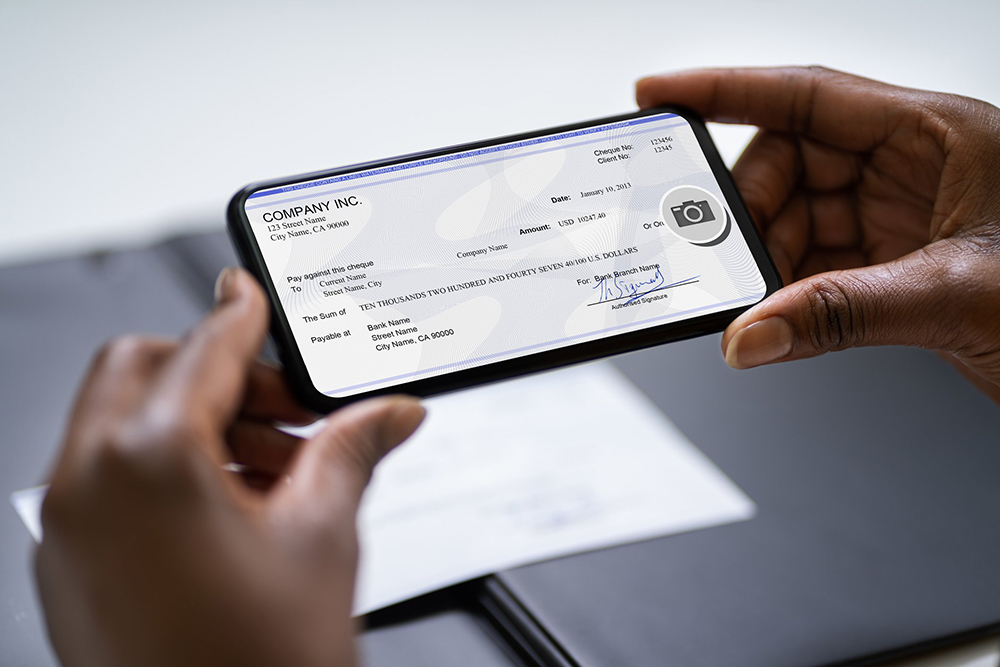




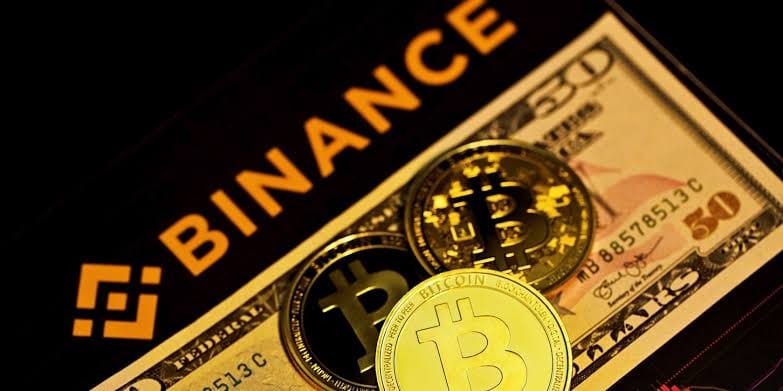
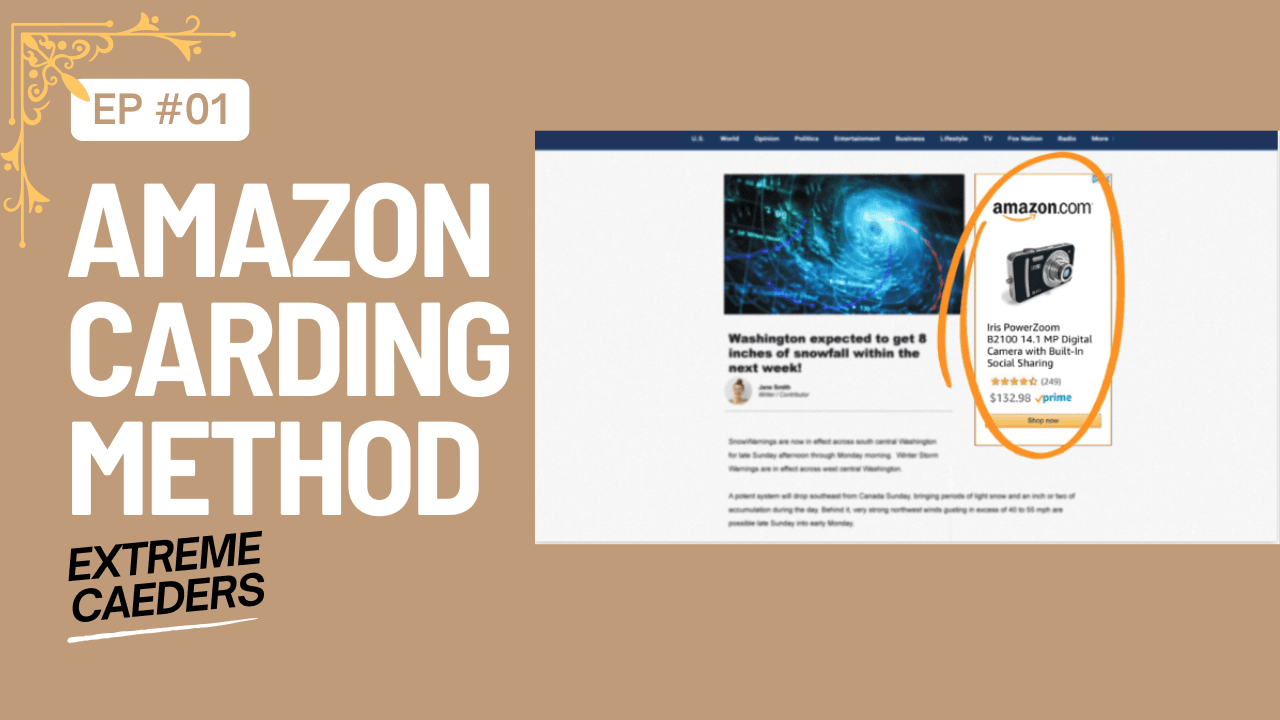

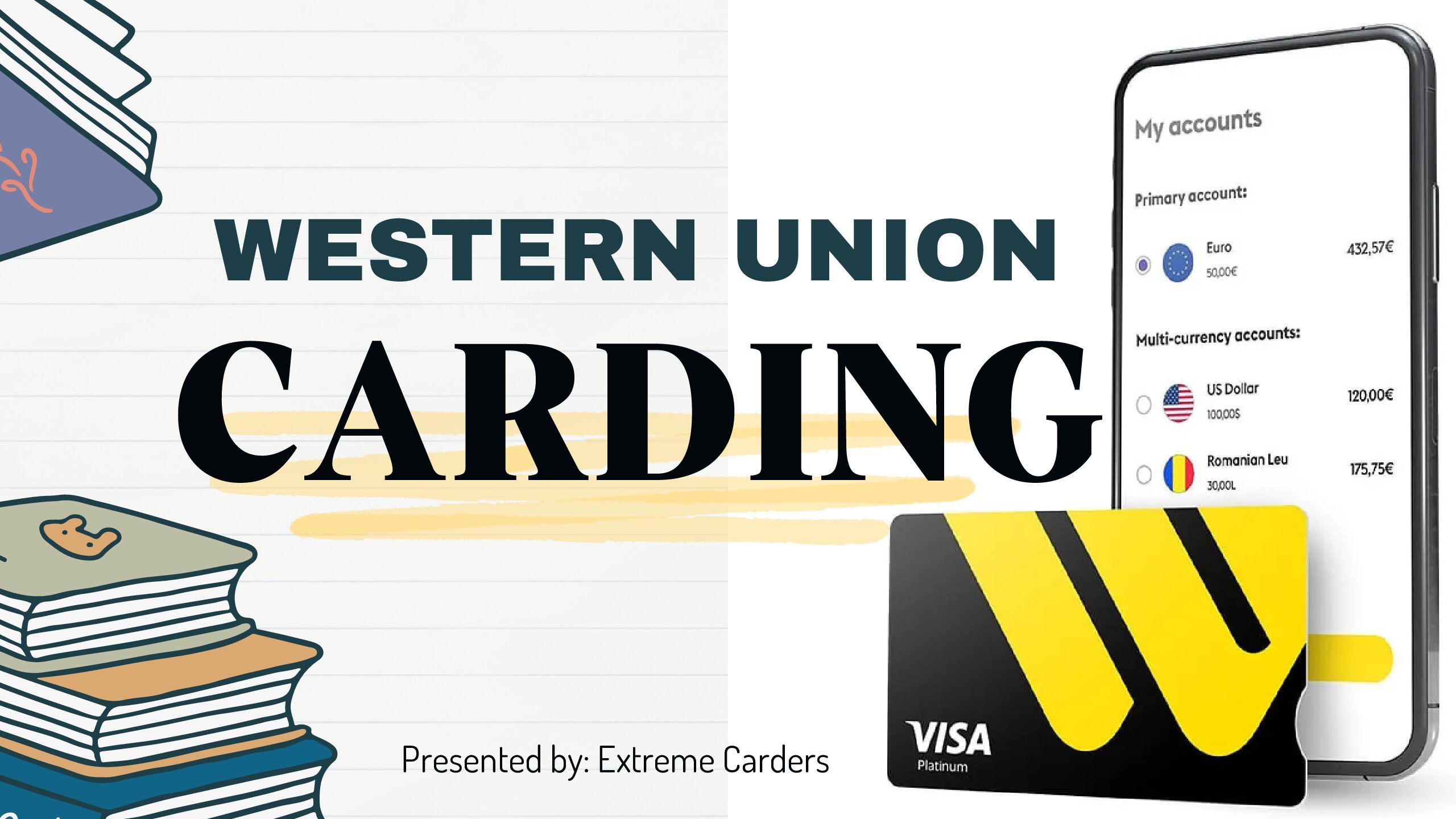


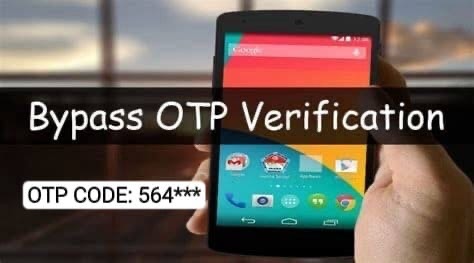
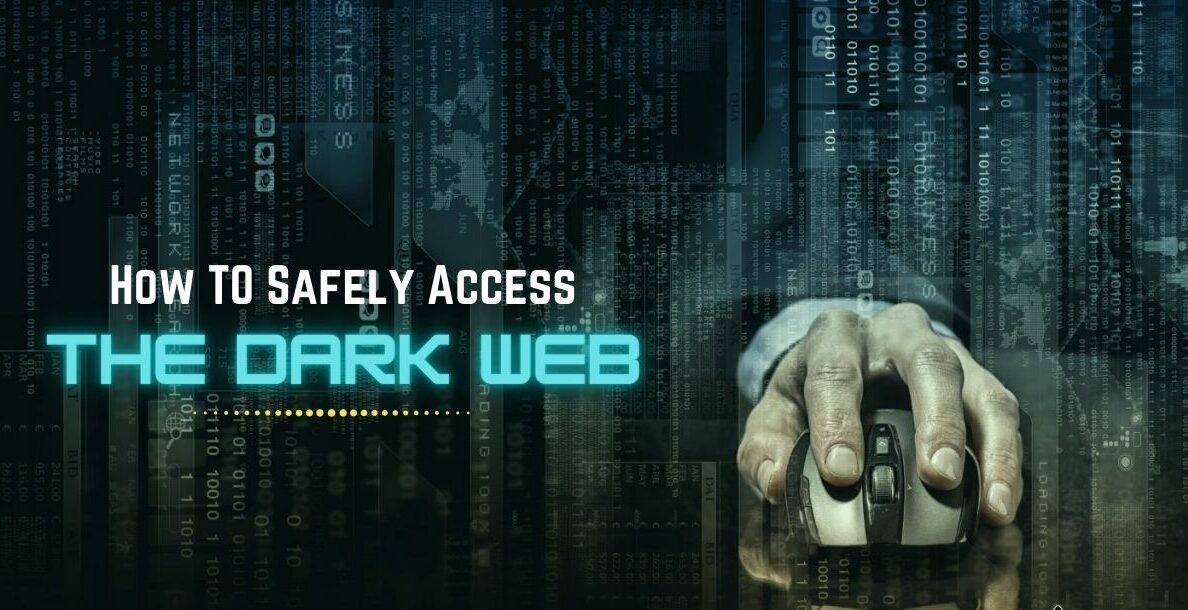
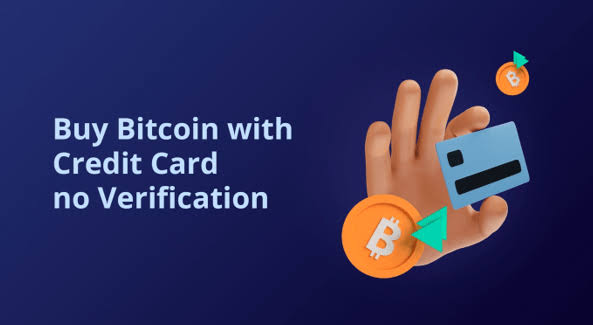
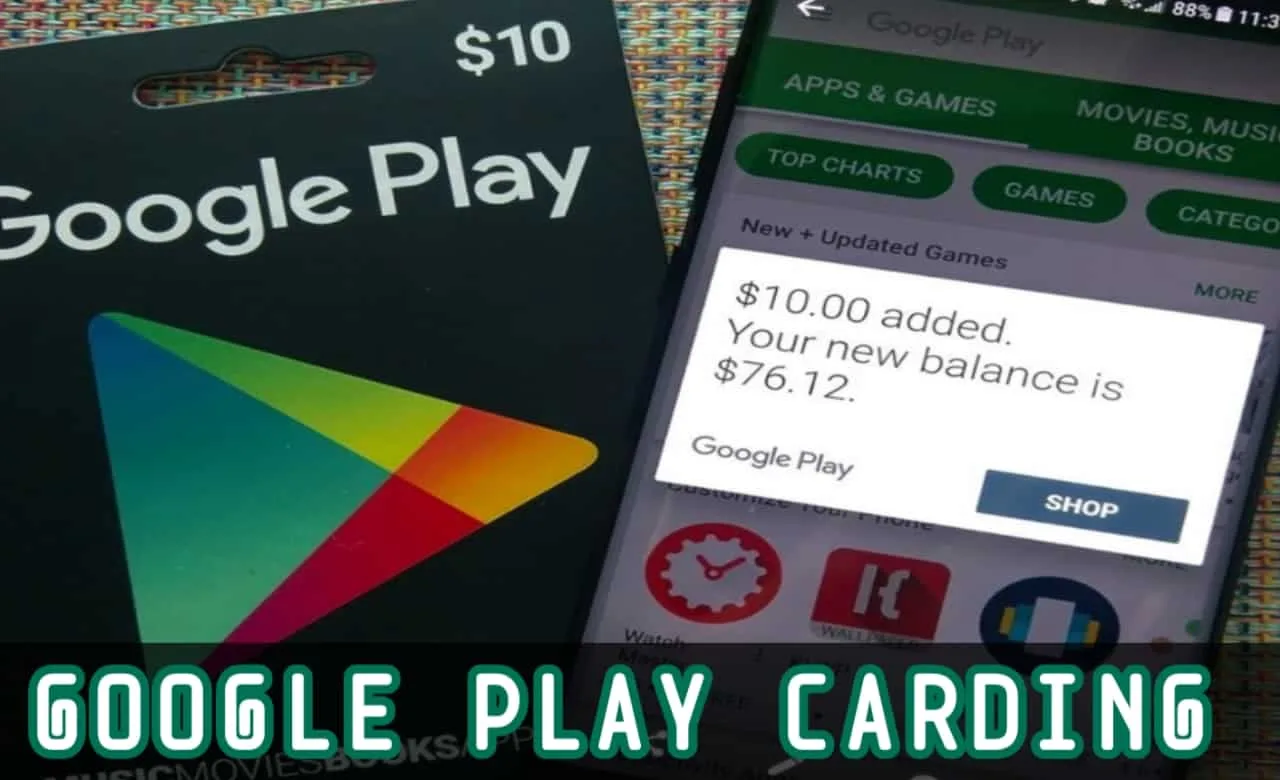

Leave a comment